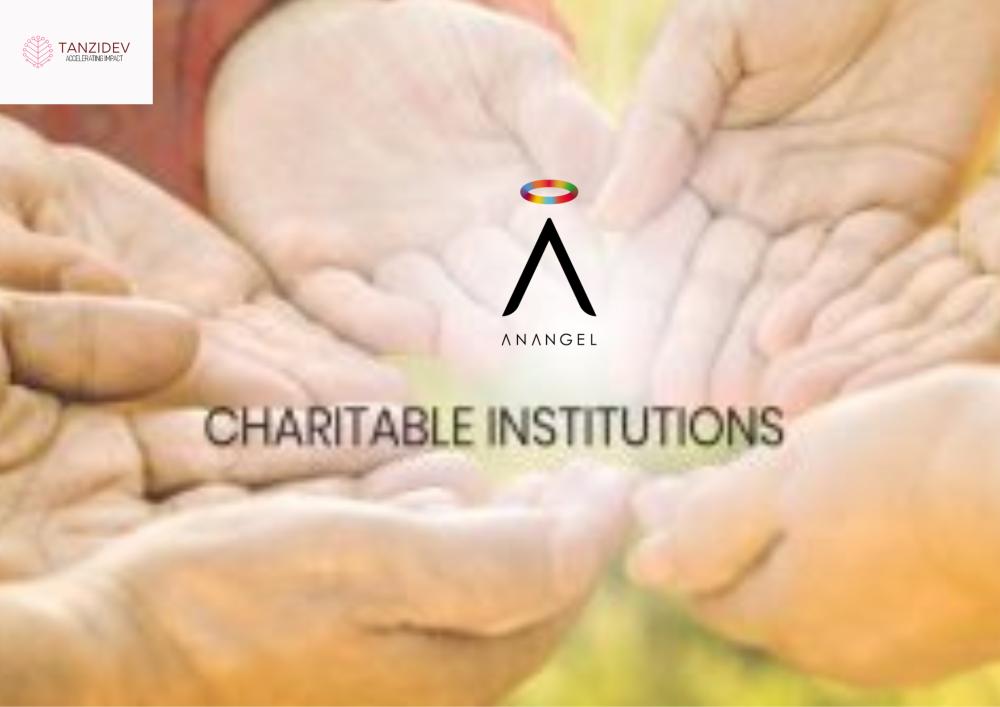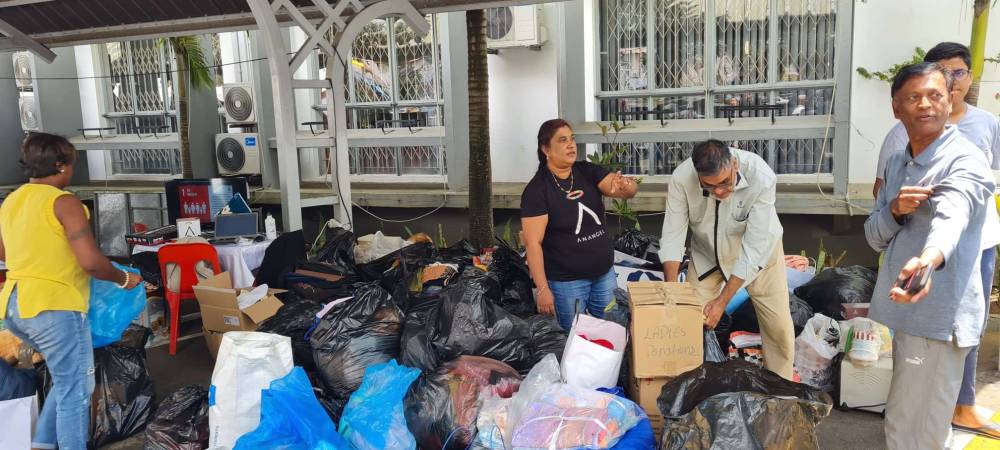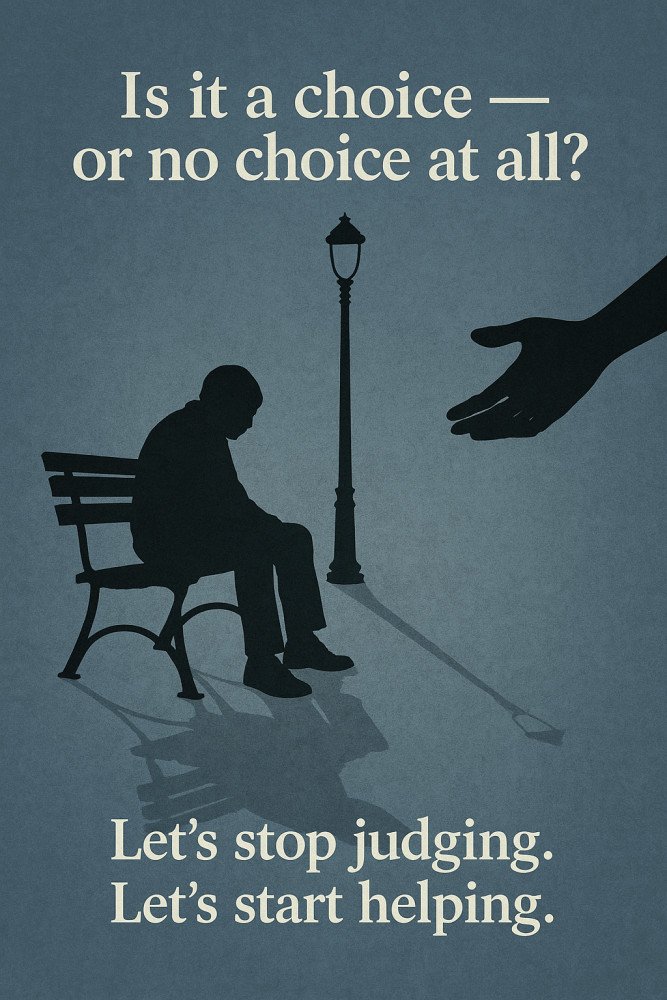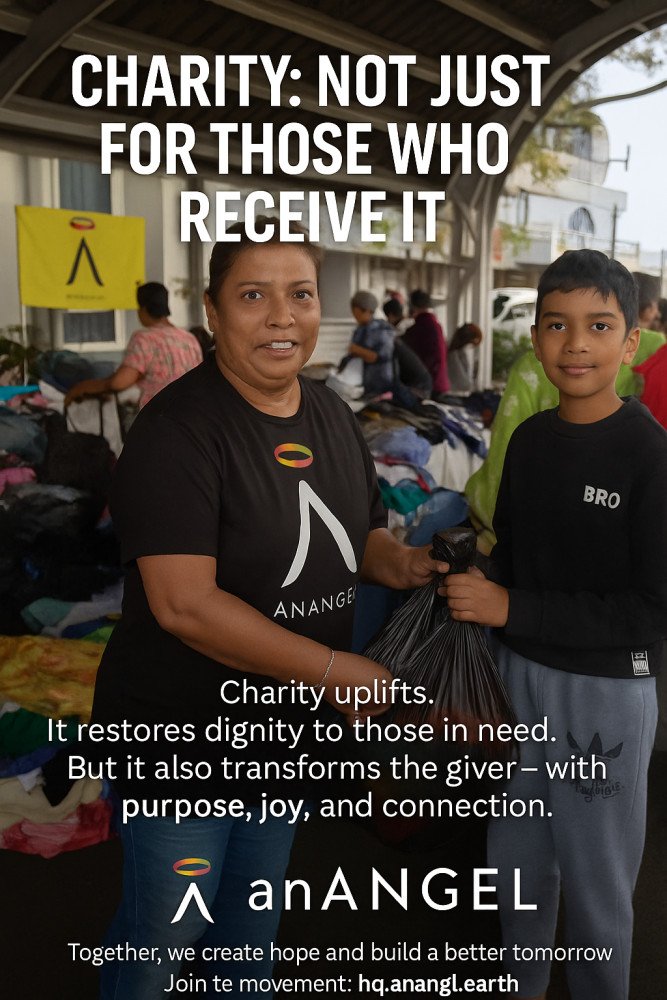

The Power of Second-Hand Clothes: Empowering Grassroots Communities
In a world driven by consumerism and fast fashion, the impact on both the environment and society cannot be overlooked. The quest for the latest trends and constantly evolving fashion can lead to an excessive waste of resources, from water to energy. However, an alternative approach has been gaining momentum, one that not only benefits the environment but also plays a vital role in empowering grassroots communities. We're talking about second-hand clothes.
Sustainable Fashion: A New Reality
The term "sustainable fashion" is more than just a buzzword; it's a call to action. It urges us to rethink the way we consume, producing less waste and reducing our carbon footprint. Second-hand clothes, or "vintage" as they are often affectionately called, are an integral part of sustainable fashion. Here's how they are transforming the lives of grassroots communities:
1. Affordability and Accessibility:
For many people in underserved communities, purchasing brand-new clothing is often financially out of reach. Second-hand clothes provide an affordable alternative. They allow individuals to access quality garments at a fraction of the cost of new ones. This not only boosts their self-esteem but also helps them dress appropriately for different occasions, including job interviews and school.
2. Reduced Environmental Impact:
The fashion industry is one of the world's largest polluters. The production of new clothing consumes vast amounts of water, energy, and raw materials, leading to environmental degradation. Second-hand clothes, by their nature, reduce the demand for new garments and, in turn, alleviate the industry's environmental burden. Reusing clothing items significantly reduces the carbon footprint and conserves valuable resources.
3. Job Creation:
In many grassroots communities, initiatives have sprouted around the sale and distribution of second-hand clothes. These businesses create local job opportunities and stimulate the economy. Whether through thrift stores, online marketplaces, or community sales, these ventures generate income for people who need it most.
4. Promoting Recycling and Reducing Waste:
Second-hand clothes represent a perfect example of recycling. They extend the lifecycle of garments and divert them from landfills. This practice, commonly known as "upcycling," encourages creativity, as people often customize or transform second-hand items to suit their style.
5. Empowerment and Entrepreneurship:
Communities that engage in selling second-hand clothes often develop entrepreneurial skills. Whether it's through running a small thrift store or participating in local markets, individuals learn valuable business skills, financial management, and customer service. This newfound knowledge can lead to broader economic opportunities.
6. Cultural Preservation:
Second-hand clothes often carry the history and culture of their previous owners. They tell stories of fashion trends, personal experiences, and, in some cases, historical events. For grassroots communities, embracing second-hand clothing can be a way of preserving their heritage and connecting with the past.
7. Philanthropic Initiatives:
Many organizations and individuals donate second-hand clothes to communities in need. These philanthropic acts contribute to the well-being of those who receive them, providing essential clothing for individuals and families facing economic hardship, natural disasters, or other challenges.
In conclusion, second-hand clothes are more than just garments; they are agents of change. They have the power to enhance the lives of grassroots communities by providing affordable clothing, reducing waste, and fostering entrepreneurship. As we reconsider our fashion choices, it's essential to recognize the transformative role second-hand clothes play in creating a more sustainable and inclusive world. The next time you consider updating your wardrobe, remember that embracing second-hand fashion is not only a style statement but a conscious choice that benefits both society and the environment.


